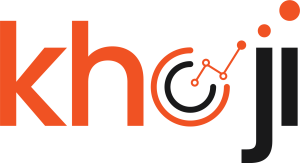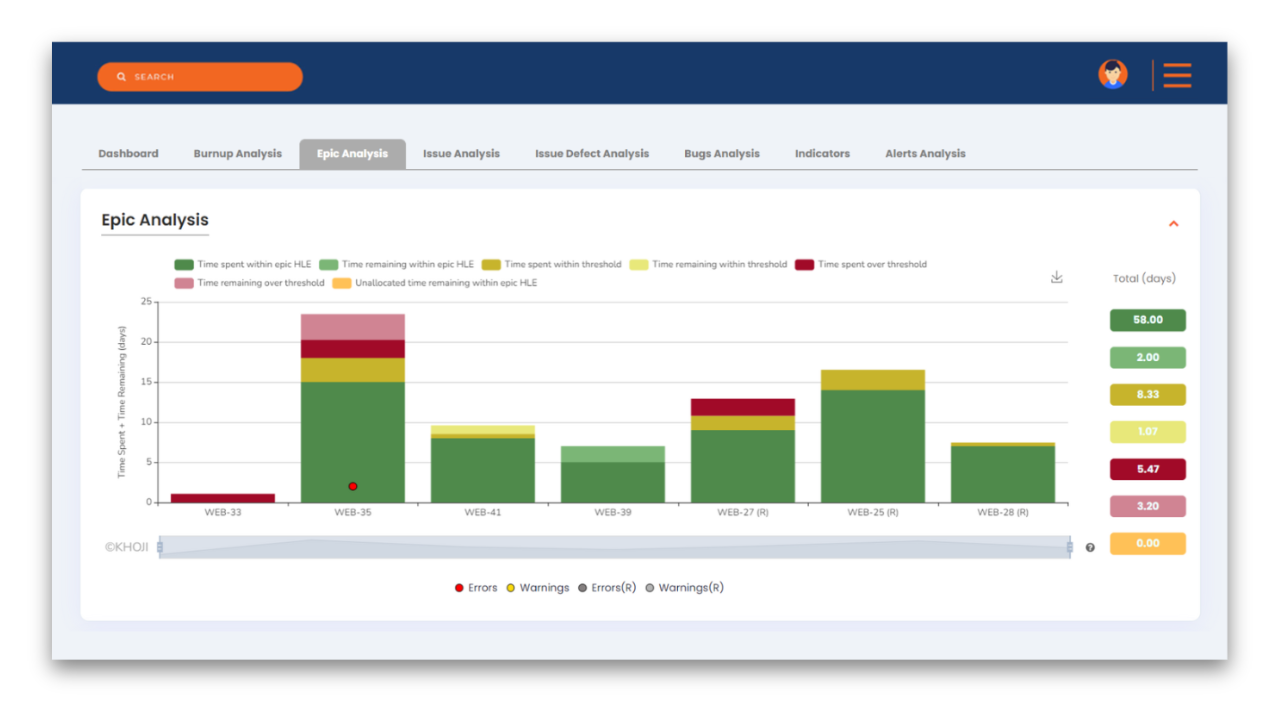Nowadays, managing projects efficiently is a daunting task. Developers often find themselves grappling with challenges that stem from inadequate planning, unclear objectives, and the inability to track progress effectively. However, by embracing the practice of tracking Epics, teams can overcome development hurdles and deliver projects with greater precision and agility. This article explores the significance of tracking Epics, the benefits it brings to development teams, and how Khoji for Agile emerges as a powerful ally in managing Epics seamlessly.
Do You Really Need to Be Tracking Epics?
Now the question arises: Do you really need to be tracking epics? The answer is a resounding yes. Epics, as substantial bodies of work, play a pivotal role in the Agile methodology, serving as foundations for strategic planning and efficient project execution. Tracking epics is not merely a best practice; it is a fundamental necessity that brings forth several key advantages for successful project management.
1: Strategic Planning
Epics act as high-level containers that encapsulate related user stories, allowing teams to plan strategically and organize their work effectively. By breaking down large-scale projects into manageable components/epics, teams can gain clarity on the overall scope and align their efforts with broader business objectives. This strategic approach ensures that every task contributes to the overarching goals of the project.
2: Enhanced Visibility
The value of tracking epics becomes evident in the enhanced visibility it provides into the progress of large-scale initiatives. This visibility empowers stakeholders to monitor the status of each epic, understand interdependencies, and make informed decisions based on real-time data. With a comprehensive view of the project’s scope, teams can identify potential roadblocks early, allowing for proactive adjustments and mitigating risks effectively.
A study by the Project Management Institute (PMI) revealed that projects with detailed epic tracking had a 20% higher success rate in meeting their objectives.
3: Improved Collaboration
In the collaborative world of Agile development, effective communication is paramount. Epics serve as a bridge between technical and non-technical stakeholders, fostering a shared understanding of project goals. By tracking epics, teams ensure that everyone involved in the project, from developers to business analysts, is on the same page. This alignment reduces misunderstandings, streamlines communication, and enhances overall collaboration.
How Tracking Epics Reduces Development Challenges
Now, let’s delve into how tracking Epics can specifically address common development challenges:
1: Scope Creep Mitigation
Challenge: Scope creep poses a significant risk to development projects, introducing additional features or requirements during the development process and diverting attention from the primary objectives. In fact, scope creep is a huge concern for project managers, affecting 52% of the projects.
Solution: Tracking Epics helps in clearly defining and limiting the project scope. By having a well-defined Epic, teams can reduce the likelihood of scope creep, ensuring that the focus remains on the primary objectives and preventing unnecessary project expansions.
Scope management is not about saying no; it’s about setting priorities and understanding the trade-offs.
2: Resource Allocation
Challenge: Efficient resource management is paramount for project success, but allocating resources without proper insights can lead to bottlenecks and reduced productivity.
Solution: Tracking Epics facilitates judicious resource allocation. By assigning personnel based on their expertise in specific Epics, teams can proactively manage resources, minimizing bottlenecks, and enhancing overall productivity.
“It’s not enough to be busy; so are the ants. The question is: What are we busy about?” – Henry
David Thoreau
3: Timeline Predictability
Challenge: Unpredictable timelines can result in missed deadlines, frustrating stakeholders, and damaging the overall project success.
Solution: Tracking Epics enables accurate estimation and progress monitoring. According to the Standish Group’s CHAOS Report, 50% of challenged projects faced issues related to unrealistic deadlines. By providing stakeholders with realistic timelines through Epic tracking, teams build trust and set clear expectations, reducing the likelihood of missed deadlines and increasing overall project predictability.
Successful projects are not just about execution; they are about setting and managing expectations.
Leveraging Khoji for Agile in Epic Tracking
Sign up for a free demo now and see Khoji for Agile in action!
To make the tracking of Epics even more efficient, tools like Khoji for Agile can be a game-changer. Khoji not only allows teams to estimate efforts against each Epic accurately but also provides a comprehensive view of the time spent on each Epic. This combination of estimation tracking, and time management features ensures that teams can refine their processes for future projects based on real-time data.
Conclusion
In conclusion, the strategic approach of tracking Epics addresses fundamental development challenges by mitigating scope creep, enhancing resource allocation, and providing predictability in project timelines. Embracing tools like Khoji for Agile further empowers teams to navigate these challenges effectively, setting the stage for successful and timely project delivery. As the software development landscape continues to evolve, the practice of tracking Epics stands out as a beacon of efficiency and transparency in the pursuit of project success.


